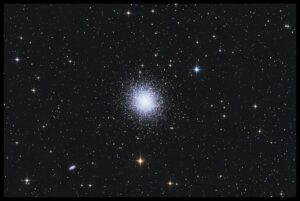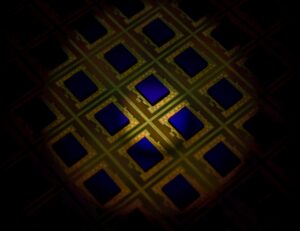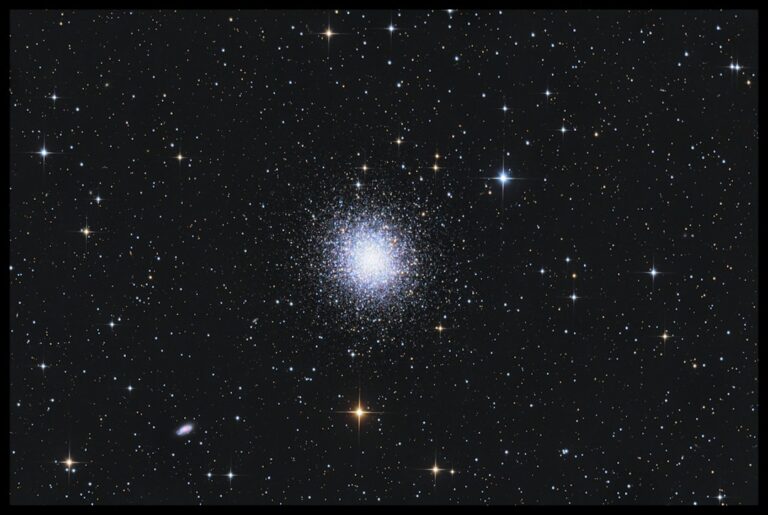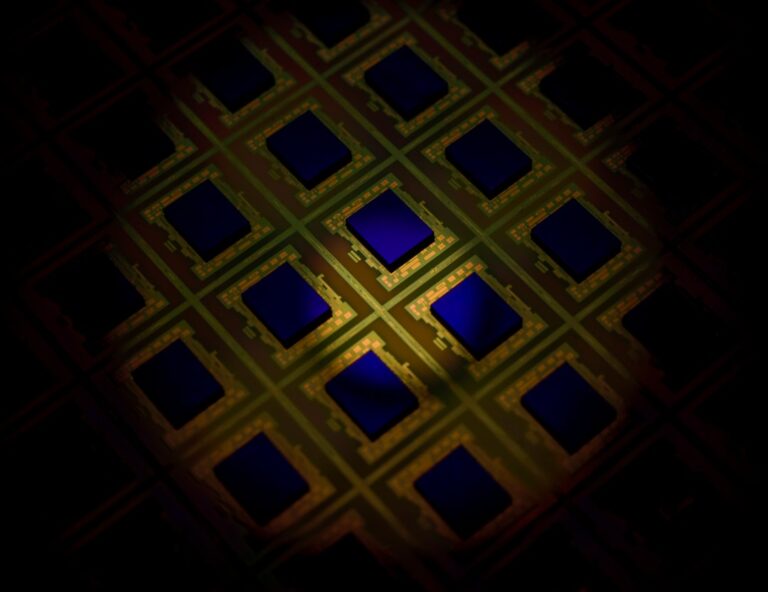Introduction
Fractals are fascinating mathematical objects that exhibit intricate and infinitely complex patterns. They are created through the repetition of a simple geometric or mathematical process, resulting in a self-similar pattern at different scales. In this article, we will delve into two famous fractals: the Julia Set and the Mandelbrot Set.
The Julia Set
The Julia Set is a family of fractal sets created by repeatedly solving a quadratic polynomial in the complex plane. It bears the name of the French mathematician Gaston Julia. It is defined by the equation f(z) = z^2 + c, where z and c are complex numbers. The Julia Set is obtained by determining which points in the complex plane remain bounded under repeated iterations of the function.
The Julia Set exhibits a wide range of shapes and patterns, depending on the value of c. Some Julia Sets are connected, while others are fragmented and intricate. The boundary of the Julia Set is typically a fractal curve with intricate details that can be explored infinitely.
One interesting property of the Julia Set is its self-similarity. Zooming into any part of the set reveals smaller copies of the original shape. This property is a hallmark of fractals, where the same pattern repeats at different scales.
The Mandelbrot Set
The Mandelbrot Set, named after the mathematician Benoit Mandelbrot, is another famous fractal set closely related to the Julia Set. It is defined by the equation f(z) = z^2 + c, where z starts at 0, and c is a complex number representing the coordinates on the complex plane.
Similar to the Julia Set, the Mandelbrot Set is obtained by determining which values of c result in a bounded sequence of z under repeated iterations of the function. Points within the Mandelbrot Set are colored black, while points outside the set are assigned colors based on how quickly they diverge.
The Mandelbrot Set is known for its intricate and infinitely detailed structure. A multitude of satellite shapes, including spirals, bulbs, and filaments, surround the famous cardioid shape at the center of the set. These intricate details are a result of the complex interactions between different regions of the set.
Exploring Fractals
One of the most captivating aspects of fractals is their visual beauty. The Julia Set and the Mandelbrot Set, in particular, have inspired countless artists, mathematicians, and computer scientists to create stunning visualizations of these fractals.
With the help of modern computers, it is now possible to explore fractals in great detail. Fractal exploration software allows users to zoom into different parts of the fractal, revealing intricate patterns and structures. These tools provide a unique opportunity to appreciate the complexity and beauty of fractals.
Fractals also have applications in various fields, including computer graphics, data compression, and even the study of natural phenomena such as coastlines and cloud formations. Their self-similarity and infinite complexity make them a fascinating subject of study and exploration.
Conclusion
The Julia Set and the Mandelbrot Set are two captivating examples of fractals, showcasing the infinite complexity and beauty that can arise from simple mathematical equations. These fractals have captivated mathematicians, artists, and enthusiasts alike, inspiring awe and exploration.
Whether you are drawn to their visual beauty or intrigued by their mathematical properties, delving into the world of fractals is a journey that promises endless fascination and discovery.




















+ There are no comments
Add yours